Introduction:
Like wool, silk is an animal fiber. But, there is a little different. Silk is produced by insects as a handy material with which to build their webs, cocoons and climbing ropes, instead of being grown in the form of hair. In this article, I will describe life cycle of silkworm simply. Almost the commercial silk industry is based on one insect the silk worm. In spite of its name, this is really a caterpillar. The silk is Produce by it when it wants to change into a chrysalis or pupa from a moth. In that time, it spins the silk and wraps the fiber round itself in the form of a cocoon inside which it can settle down in comfort. At first, China discovered the silk fiber around 3500 BC. Silk was traded for many years and sent to different regions of the world. Because of technological improvements and new discoveries, manufacturers can now create different types of silk from different silkworms based on their luster and texture. Mulberry silkworms are the most popular silkworms. Sericulture is the process of raising silkworms.
Cultivation of cocoons:
Since the discovery so many years ago that the fiber composing the silkworm’s cocoon can be unwound and constructed into a beautiful and durable fabric, silkworms have been bred solely for producing raw silk. The production of cocoons for their filament is known as sericulture. Specimens of moths such as the bombyx mori produce raw silk of the highest quality. All four stages of this moth’s life cycle are critical in sericulture since some of the best cocoons must be set aside to allow full development, thus supplying eggs for other hatchings. Silkworms can hatch thrice yearly under scientific breeding, but they do not breed twice annually under natural conditions.
Life Cycle of Silkworm:
The life cycle of silkworm is as follow:
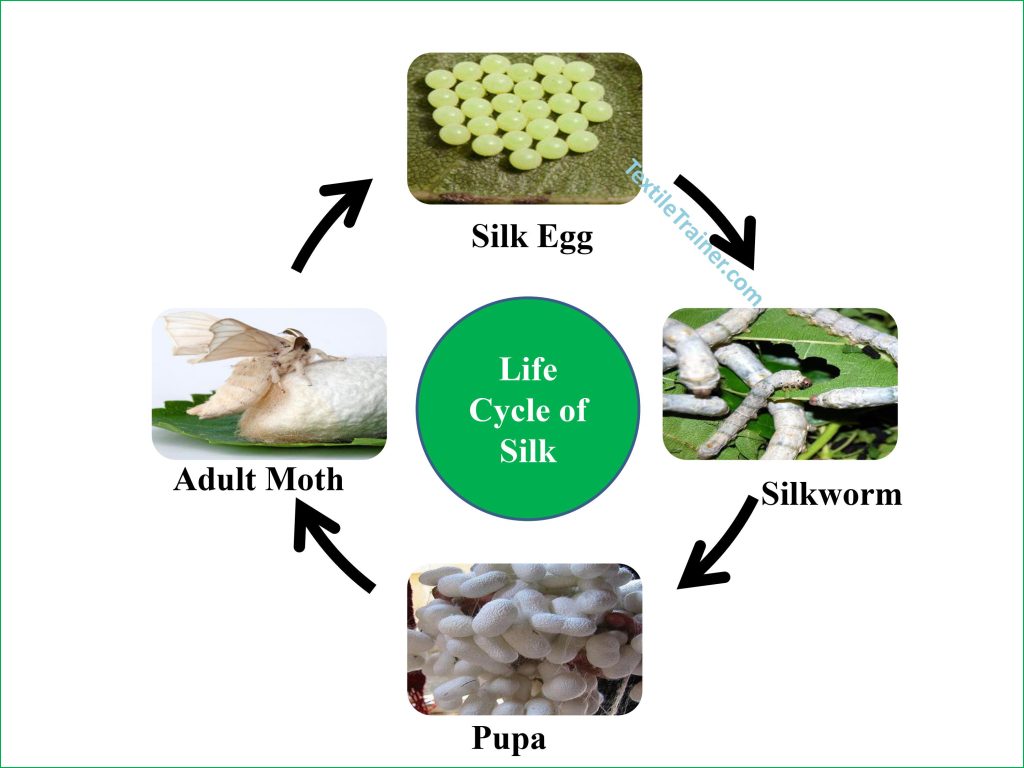
Stage 1: Egg
The silkworm’s life cycle begins with the egg. It takes 10 to 25 days to complete this stage. A female butterfly lays over 350 to 400 eggs, each about the size of a dot. The eggs hatch once a year in spring.
Stage 2: Silkworm
The silkworm senses the urge to cocoon after 20 to33 days of non-stop feasting on Mulberry leaves. To prepare for the next phase of its life cycle, the silkworm releases a runny fluid just before it starts cocooning. This liquid clears the system before it begins cocooning. After that, the head moves back and forth and oozes one small drop of silk to serve as an anchor before drawing a continuous string of silk. Approximately one kilometre of silk fibre can be produced from one cocoon of a silkworm, and it typically takes the silkworm up to 48 hours to complete this process.
Stage 3: Pupa/Chrysalis
The silkworm’s life cycle’s pupa stage is known for being immobile. The pupa or chrysalis is killed when the fully grown cocoon is dropped into boiling water. The silk strand is then unrolled.
Stage 4: Moth
After 10 to 14 days of transforming into a moth, the Silk Moth emerges from its cocoon, excreting a brownish substance. Once the pupa has developed into an adult moth, the female moth reproduces by laying eggs. Following this stage, the entire life cycle starts over.
That are the life cycle of silk. I tried to best to describe these life cycle of silk in simple way. If you have any question, feel free to ask me via comments box.
You may read:
Reference:
- Cook, J. G. (2005). Handbook of Textile Fibers. Delhi: WoodHead Publishing Limited.
- Corbman, B. P. (1987). Textile Fiber to Fabric. Singapore: McGraw Hill Book Co.
- Dr. Hosne Ara Begum, P. D. (n.d.). Natural fibers. Dhaka: Hafiz book center.
- Kaplan, N. (2006). Textile Fibres. New Delhi: Abhishek Publications.
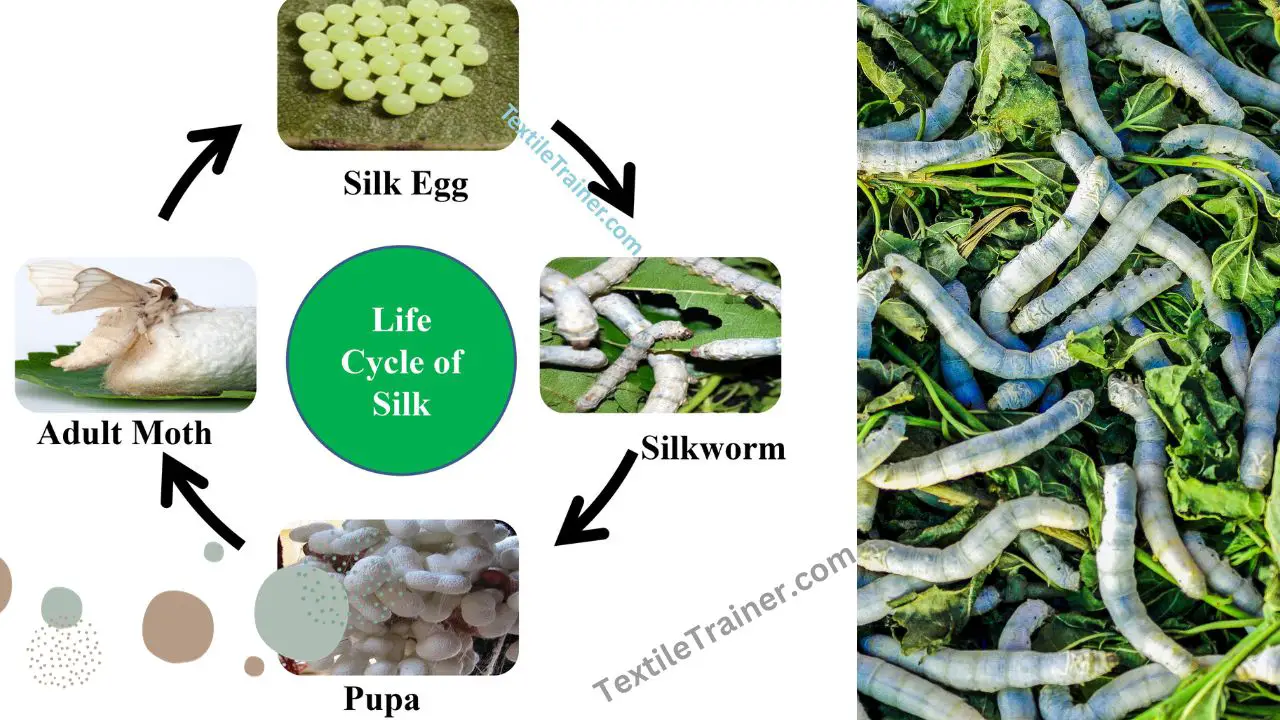
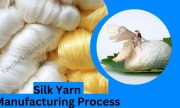

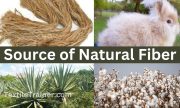
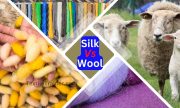
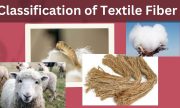

1 thought on “Simple Life Cycle of Silkworm with 4 Easy Stage”